EvaluAgent and Puzzel form strategic alliance to strengthen growth and support shared product visions
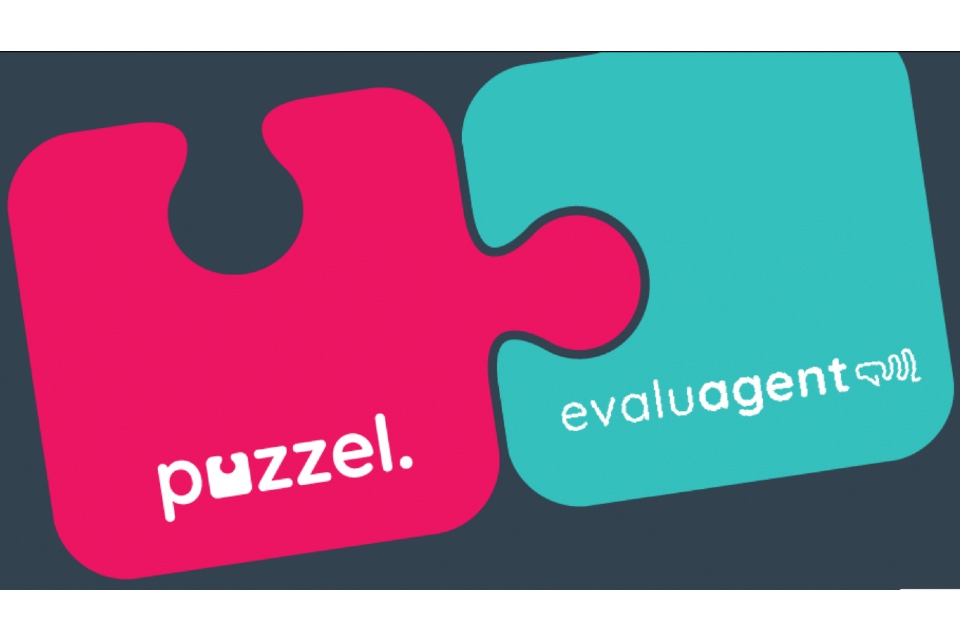
Puzzel, the leading European provider of cloud contact centre solutions, has announced the signing of a new strategic alliance with EvaluAgent, a leading Quality Assurance and Performance Management platform. As a result of the alliance, EvaluAgent’s technology will be integrated into the Puzzel’s Cloud based Customer Service Platform, designed to directly address some of the […]
WHITE PAPER: Transform Customer Service with Next-Gen Knowledge

By eGain Over 5,000 consumers told us in a survey that the biggest hurdles to good customer experience are: “contact center agents are not knowledgeable,” “different agents give different answers,” and “I can’t find answers on the company website.” At the same time, customer service contact center agents confessed that “finding the right answers” and […]
Do you know what’s missing from your CX strategy?

By Genesys Our team here at Genesys have been hard at work creating a digital consultancy solution focused on Omnichannel Contact Centre. This is in the form of an online self-assessment that will enable you to benchmark against industry standards, identify relevant use cases, and define your CX strategy roadmap. We’d like to invite you […]
WHITE PAPER: Video in the contact center – How to future-proof your CX
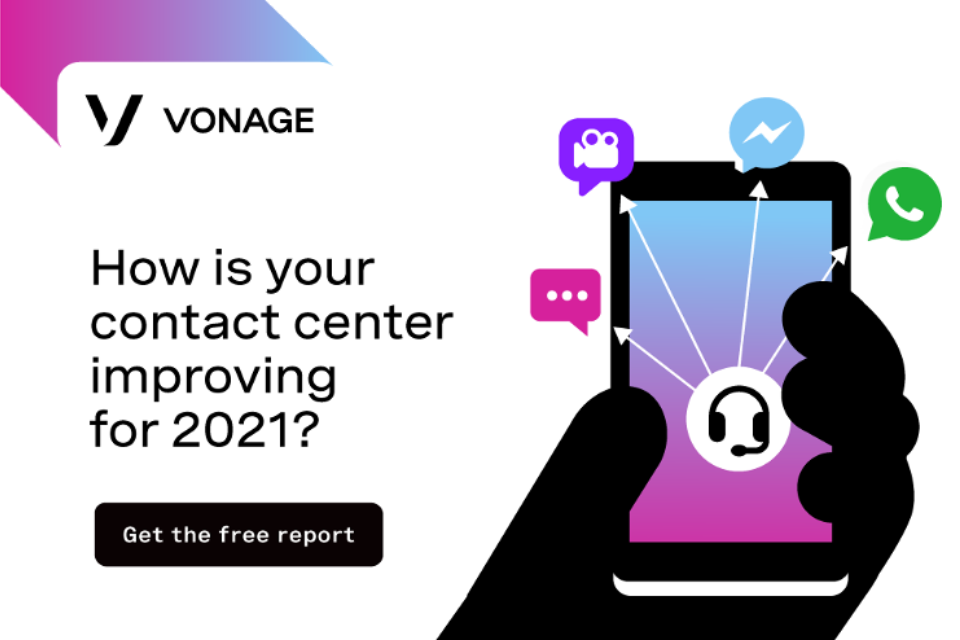
By Vonage Putting your customers first by serving them on their channel of choice can be challenging and complex for both your business and agents. Adding video to the mix can take that to the next level. Adrian Swinscoe, best-selling author and Forbes contributor, outlines these challenges and provides industry-specific use cases in his new […]
INDUSTRY SPOTLIGHT: VeriCall Ltd

VeriCall is a 100% UK-based call centre that has not only won several awards for delivering exactly the kind of Customer Care that their customers require and deserve but also one that seeks to constantly evolve and improve its offering. One example is the unique Payments in Social Media solution that allows team members to […]
INDUSTRY SPOTLIGHT: 8×8 Frontdesk for receptionists
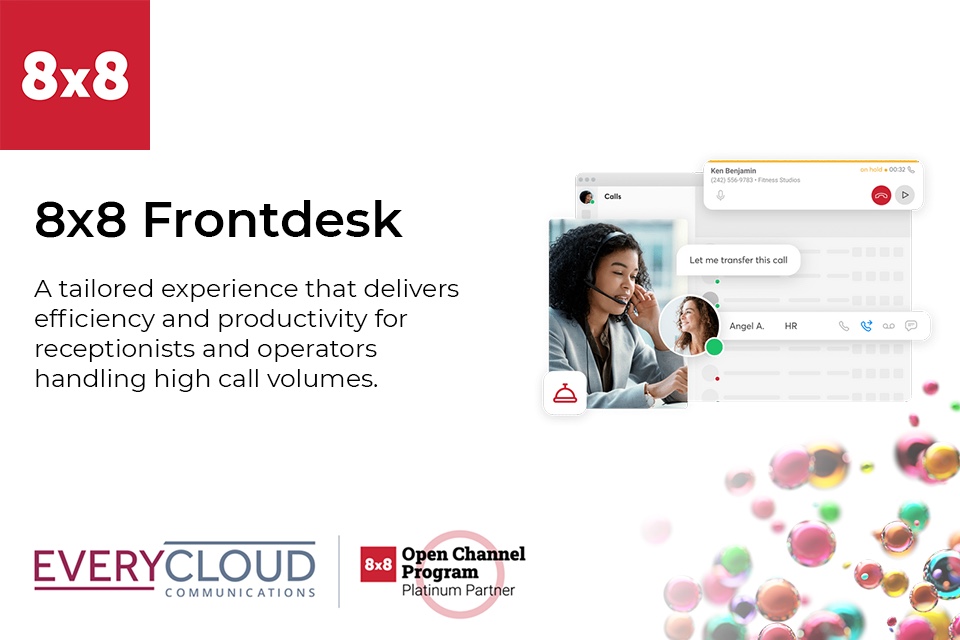
By EveryCloud 8×8 Frontdesk is a tailored experience that delivers efficiency and productivity for receptionists and operators handling high call volumes. Providing personalised call handling, tailored user experience and a software-based solution means businesses can easily automate a flexible solution that eliminates the need for costly multi-vendor solutions. Integrating with your wider 8×8 XCaaS integrated […]
Using personalisation to support your vulnerable customers

This article was originally published in The Good CX Guide, an e-book on the topic of caller experience best practice. To download the guide, packed with practical advice for contact centre professionals, please click here. A personalised caller experience allows customers to interact with you in a way that suits them, that allows them to feel unique […]
How can working from home impact your customers?
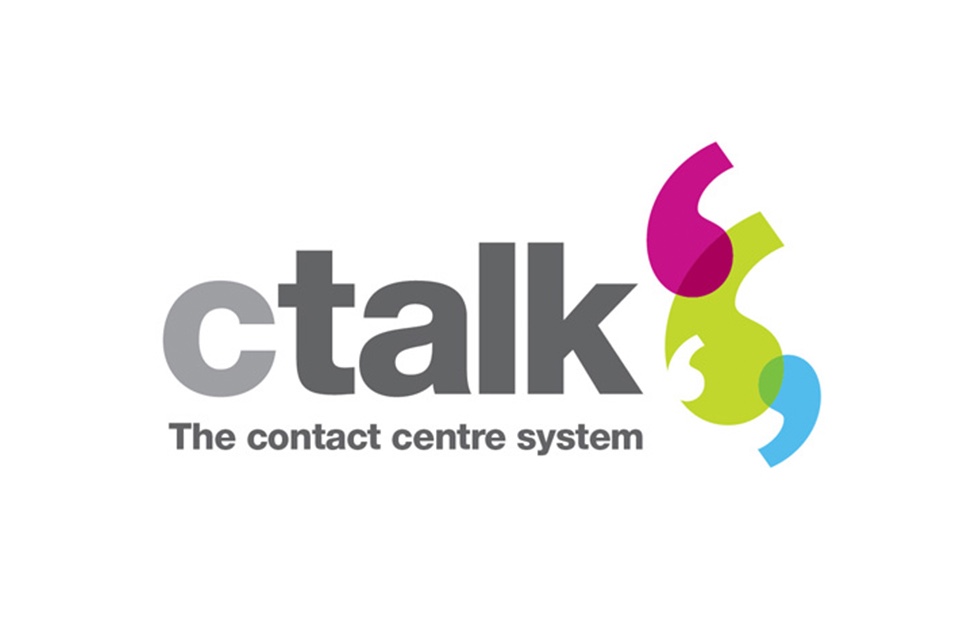
Many employees across the country are now working from home, and have been for some time. Transitioning from office to home on the face of it seems like a straight forward task of moving hardware when in fact what we’ve learnt over the passed year is that- one of the biggest mistake’s companies have made […]
INDUSTRY SPOTLIGHT: 8×8 Voice for Microsoft Teams
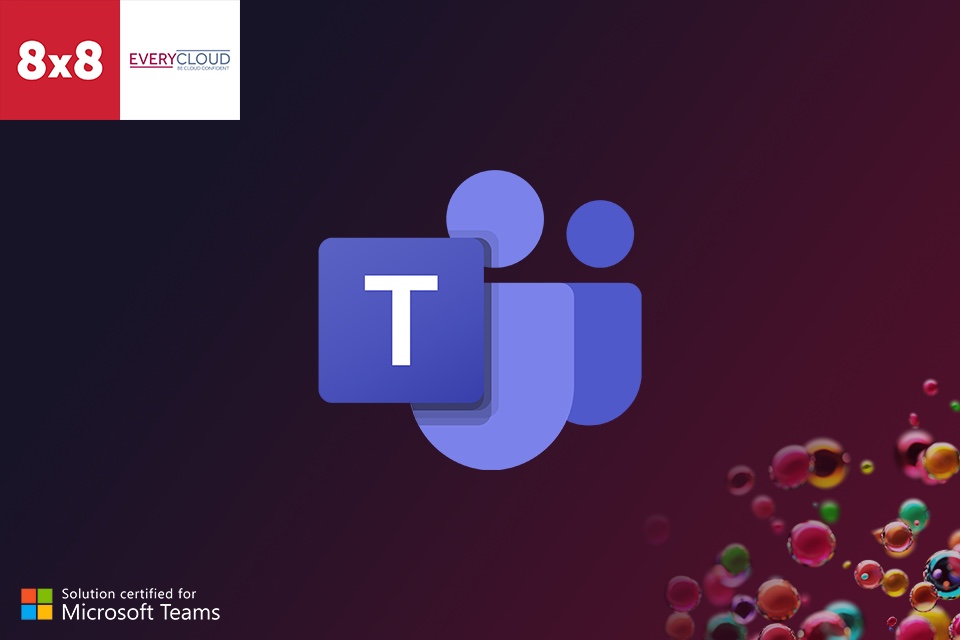
By EveryCloud With the number of active users on Microsoft Teams having reached an incredible 145 million as of April 2021, it’s clear that Teams is a popular solution for internal communications. What if you could enhance that solution? Bring your external communications in to the world of Microsoft Teams. 8×8 Voice for Microsoft Teams […]
Agile Queue Management – How to manage queues more effectively

By Kirsty Ferguson, Enterprise Engagement Lead, Premier CX N.B. This article was originally published in The Good CX Guide, an e-book on the topic of caller experience best practice. To download the guide, packed with practical advice for contact centre professionals, please click here. In most articles I have read about managing call queues, one piece of advice […]

